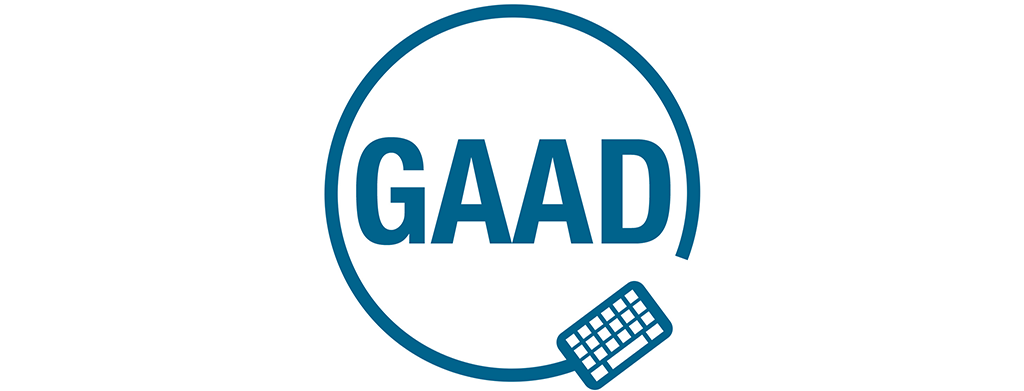
May 16th marks the eighth annual Global Accessibility Awareness Day (GAAD), a day to think about how people with disabilities interact with the digital environment.
As websites, apps, and electronic documents become central to our lives, improving access to information through digital accessibility is as important as removing barriers in the physical environment.
Making digital content accessible may seem like a daunting task, at first. Fortunately, Microsoft Word, an application many people are familiar with, is an excellent place to start learning the principles of digital accessibility.
You can ask the following questions to make your documents more accessible. If you don’t use Word, the same basic principles apply to your word processor of choice.
Ways to Improve Microsoft Word Accessibility
- Did you create the document using plain language—language that is clear, concise, and easy to understand?
- Did you use Styles to create headings?
- Did you use Styles to apply formatting changes and to add emphasis?
- Did you use the built-in List feature to create lists?
- Did you use the built-in features to create spacing between paragraphs, such as Line Spacing and Page Breaks?
- Did you add text alternatives to images, charts, and graphs?
- Did you use unambiguous, meaningful names for your links?
- If color is used to convey meaning, did you add a text alternative for that information?
- Does your document have enough color contrast between the background and the foreground text?
More Information
- Make your Word documents accessible to people with disabilities – Office Support
- Make your document or presentation more accessible – Google Help
- Electronic Documents / Minnesota IT Services
Visit our Digital Accessibility page to learn more about making your content accessible.